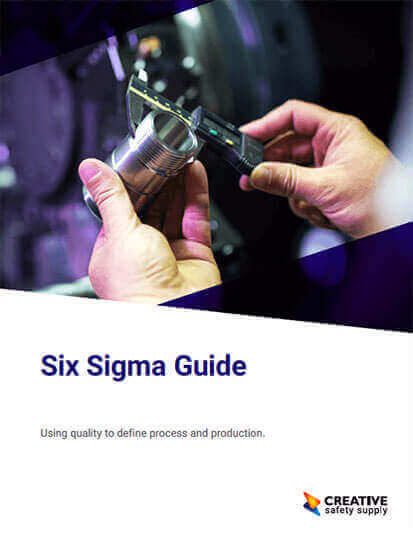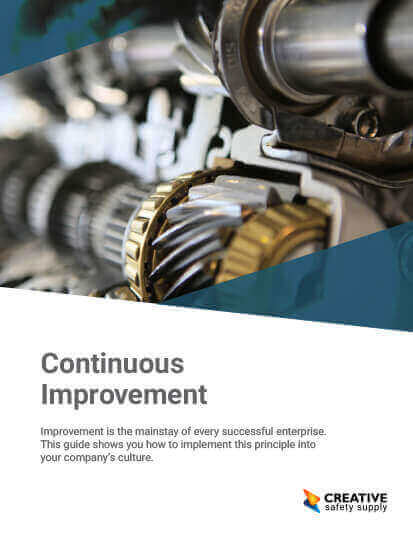
COQ, or Cost of Quality, is a methodology used in Six Sigma to define the costs associated with creating a quality product, this includes all related efforts and deficiencies. The number is representative of the money a company loses when a product or service does not meet quality standards. It's estimated COQ can be anywhere between 15 and 30 percent of a business's total cost.
The term Cost of Quality was first described in 1956 by Armand V. Feigenbaum who defined the following quality cost areas:
- Cost of Conformance: Also referred to as costs of control, this is the cost of prevention and appraisal. Prevention efforts to keep defects from developing can include investing in quality-related information systems or quality planning. On the flip side, appraisal costs are a result of detecting defects during inspection, testing, or auditing of the product. An example of an appraisal cost is the cost of test and inspection equipment.
- Cost of Non-Conformance: Also called costs of failure of control, these costs are a result of internal and external failure costs. When defects are noticed and dealt with before it leaves the facility, the associated costs with discarding or repairing the item is considered an internal failure cost. External failure costs occur when defects are not caught until the product has reached the customer. This cost can be warranty payments, product service, and loss of customers.
Gathering this information and categorizing it will give a company a way to measure, analyze, budget, and predict future Cost of Quality. For instance, if an organization notices quite a lot of cost is a result from finding product defects during inspection, they can alleviate the problem by focusing on prevention and appraisal costs. Doing this is significantly cheaper than scrapping materials and it will ultimately reduce the organization's COQ.


